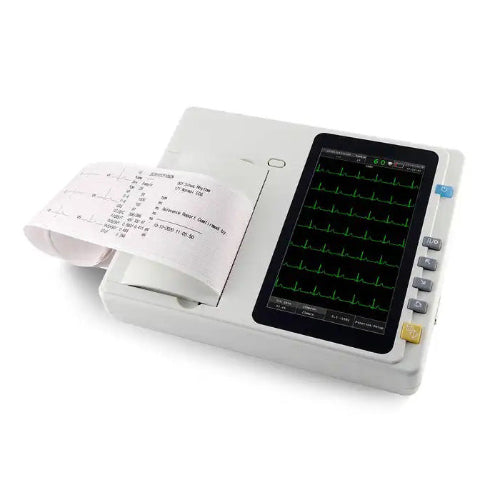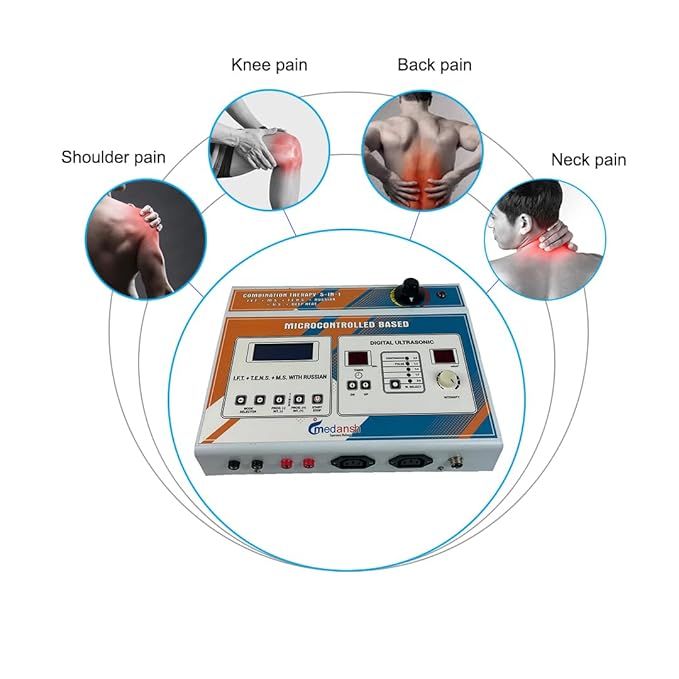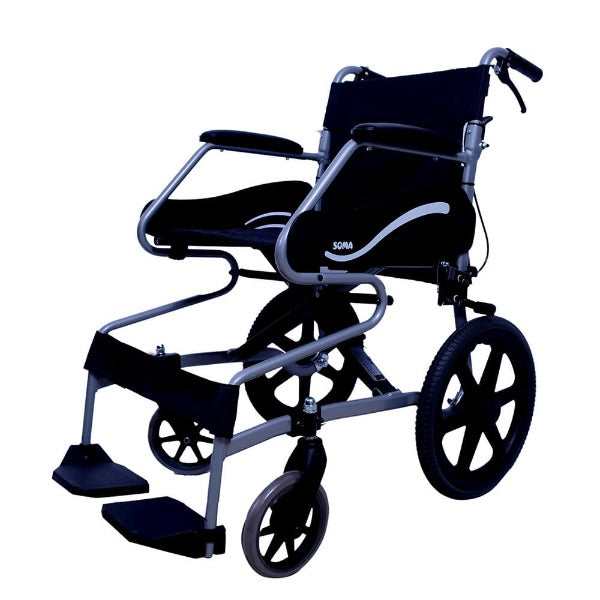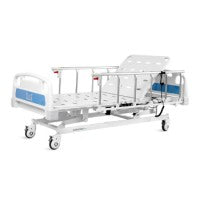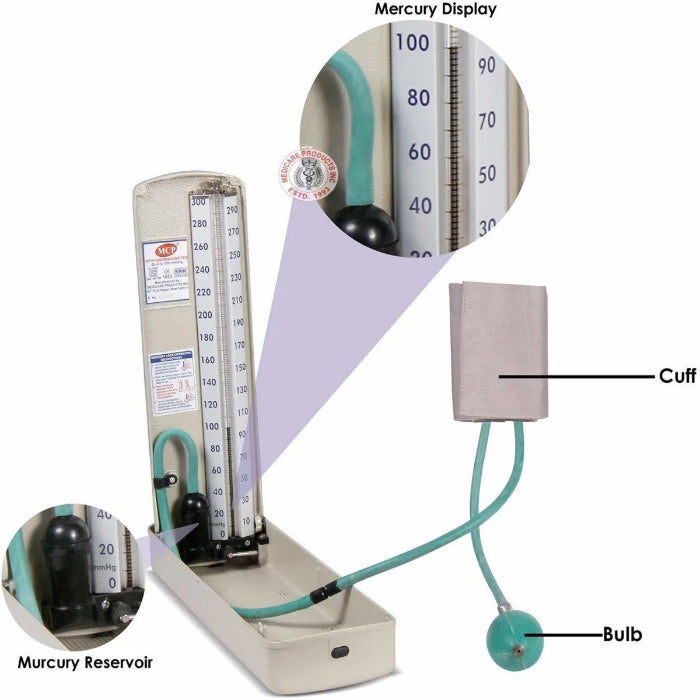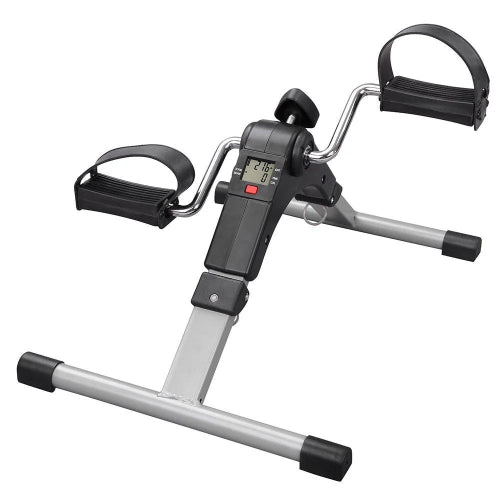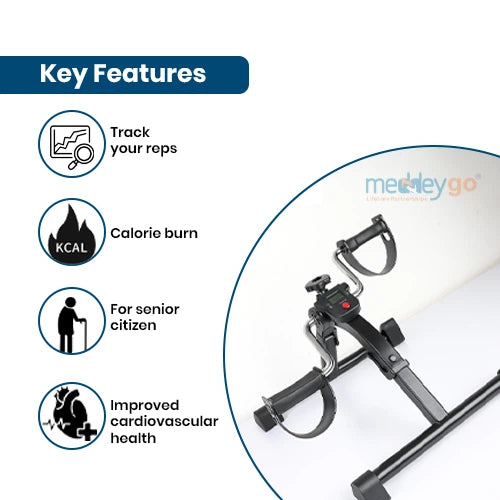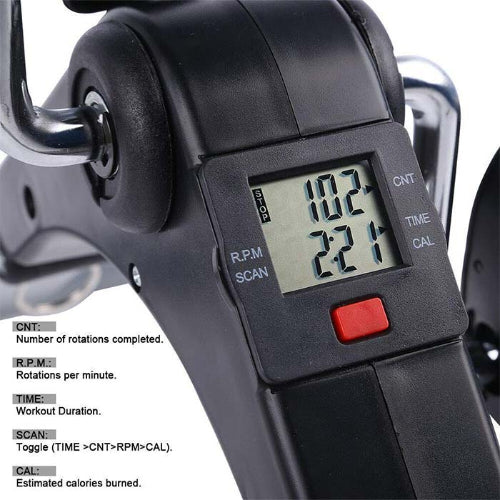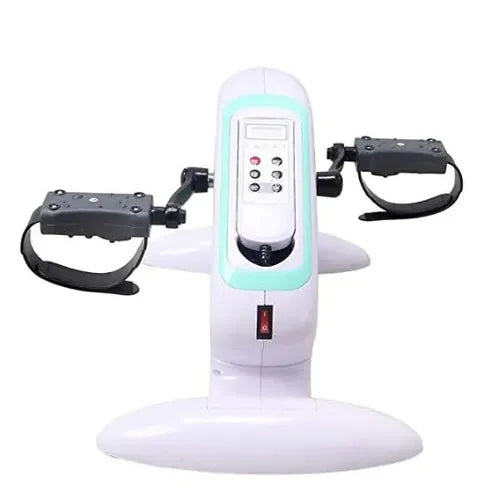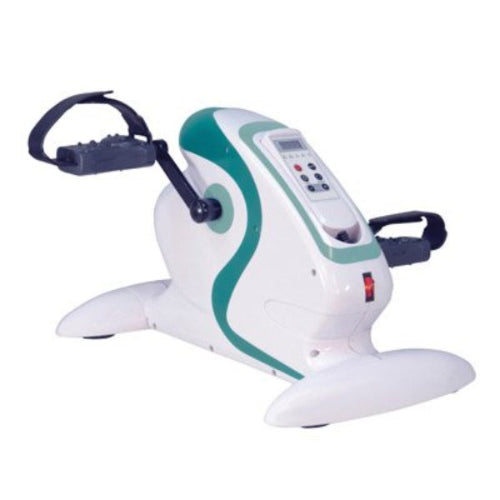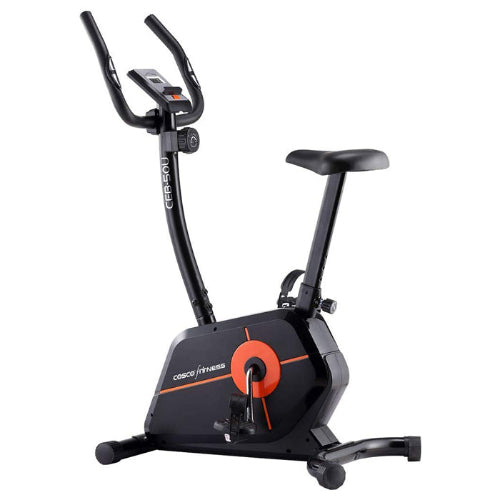Filter
5 products
Type: Gym & Exercise
Digital Exercise Cycle – Portable Fitness & Physiotherapy Device for Arms & Legs
Type: Occupational
Mini Exerciser Cycle – Compact Fitness Pedal Cycle for Home & Office Workout
Type: Occupational
Motorized Pedo Cycle with Hand Pedals
Type: Occupational
Physio Motorized Pedo Cycle
Type: Occupational
Cosco Upright Fitness Bike
Collection:
Exercise Cycle
Explore the Wide Range of Fitness Cycles – A Practical Guide to Portable Exercise & Rehabilitation
A fitness cycle is a compact, affordable way to stay active with gentle, low-impact movement. Often called a mini exercise bike or pedal exerciser, it enables you to work out from a chair—at home, in the office, or during rehab. Whether you’re recovering from surgery, improving joint mobility, or simply maintaining daily activity, this tool fits seamlessly into routine life.
Because it’s lightweight and easy to store, a pedal exerciser travels well between spaces. Moreover, physiotherapists frequently recommend it for knee, hip, and shoulder mobility. With the Fitness Cycle Collection at MeddeyGo, you’ll find options from simple manual models to feature-rich digital units.
What Is a Fitness Cycle?
A fitness cycle is essentially a portable version of a stationary bike. Unlike a traditional bicycle, it doesn’t require balance or outdoor space. Instead, you sit on a chair or bed and pedal with your legs—or place the unit on a table and “pedal” with your arms. As a result, a single device supports both lower- and upper-body training, making it useful for seniors, patients in recovery, and professionals who want movement during long work hours.

Why Fitness Cycles Matter
Because these devices are versatile, they help a wide range of users—not only patients in rehab but also anyone seeking gentle exercise.
- Rehabilitation aid: Helps restore range of motion after surgery or injury.
- Elder-friendly movement: Delivers safe, joint-kind activity.
- Office wellness: Counters stiffness from prolonged sitting.
- Budget efficiency: Offers exercise benefits without large equipment.
- Portable design: Stores easily and moves from room to room.
In short, having a fitness cycle feels like keeping a mini physiotherapy station at home.
Common Uses
You’ll see these compact exercisers in many settings:
- Physiotherapy centers: To rebuild strength and endurance.
- Home rehabilitation: For post-fracture or post-stroke routines.
- Senior care: To maintain circulation and everyday mobility.
- Workplaces: For light, under-desk pedaling.
- Sports recovery: To stay active during injury downtime.
Thus, one device serves medical, fitness, and lifestyle needs alike.
Types of Fitness Cycles
Different goals call for different builds. Consider these categories before you choose:
- Manual models: Basic pedalers with a tension knob; lightweight and budget-friendly for casual users.
- Digital models: LCD screens track time, distance, speed, RPM, and calories—ideal for progress monitoring.
- Physiotherapy-grade units: Smoother mechanisms and stable frames designed for clinical use.
- Foldable designs: Compact formats that store easily in small apartments or travel to the office.
Because needs vary, comparing features alongside the fitness cycle price helps you select the right match.
Benefits at a Glance
Regular use offers both physical and mental upsides:
- Low-impact training: Protects joints while building strength.
- Better circulation: Steady pedaling boosts blood flow.
- Improved flexibility: Helps loosen stiff hips, knees, and shoulders.
- Muscle toning: Targets calves, thighs, arms, and shoulders.
- Stress relief: Gentle exercise elevates mood and energy.
Consequently, consistent sessions support long-term mobility and recovery.
Safety & Setup Tips
Although these devices are simple, good habits amplify results:
- Start gradually: Begin with 10–15 minutes and increase over time.
- Mind posture: Sit upright, shoulders relaxed, core lightly engaged.
- Dial resistance carefully: Keep tension low during recovery phases.
- Stabilize the base: Use an anti-slip mat to prevent sliding.
- Consult a clinician: Especially after surgery or with chronic conditions.
Therefore, good form and consistency work hand in hand.
FAQs
What is the average fitness cycle price?
Entry-level models often start near ₹1,500, while digital options with displays typically range from ₹4,000–₹6,000. Actual fitness cycle price varies by build quality, features, and brand.
Can I use it for arm workouts?
Yes. Place the unit on a table and pedal with your hands to train the upper body.
Does it help with weight management?
It can. When you pair regular sessions with a balanced diet, you’ll burn steady calories.
How long should I pedal daily?
Aim for 20–30 minutes. Alternatively, try two shorter bouts to make it easier to stick with the routine.
Is it safe for seniors?
Absolutely. With low resistance and a stable setup, it offers joint-friendly activity that supports independence.
Conclusion
The Fitness Cycle Collection at MeddeyGo brings practical options for rehab, everyday fitness, and active work breaks. By weighing model type, essential features, and budget, you can choose a unit that aligns with your goals. Ultimately, investing in a quality pedal exerciser supports mobility, confidence, and long-term well-being.

